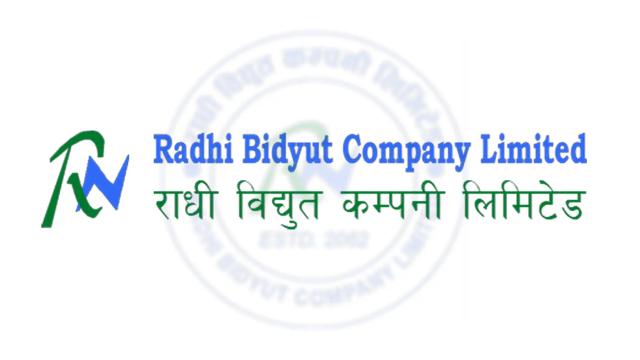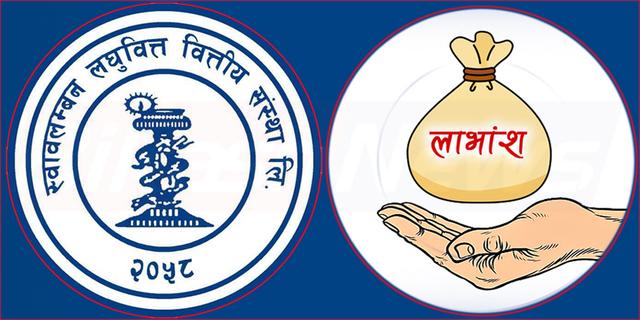Significant Profit Growth of Reliance Spinning Mills
Author
NEPSE TRADING

Reliance Spinning Mills, based in Sunsari, has reported remarkable profit growth in the fiscal year 2081/82. The company earned a total profit of Rs. 1.48 billion, an increase of Rs. 615 million compared to the previous year’s profit of Rs. 865 million. This sharp growth highlights the company’s strengthened profitability.
According to the financial report, the company recorded a total trade value of Rs. 10.23 billion during the year, compared to Rs. 9.20 billion in the previous fiscal year. The data shows significant improvement in production and sales performance.
Capacity and Contribution
Established in 1997 (2054 BS), Reliance Spinning Mills is Nepal’s largest spinning industry. It manufactures cotton, polyester, viscose, acrylic, and textured yarn. Its products are not only consumed domestically but are also exported to markets including India and Turkey. The company generates about USD 50 million annually from exports, contributing to Nepal’s foreign trade.
Starting with a capacity of 9,000 spindles, the industry now operates with a total installed capacity of 102,824 spindles. It runs two large factories located in Khanar and Duhabi, Sunsari, employing around 4,000 workers, of which 1,300 are women. This demonstrates the company’s strong role in job creation.
Leadership and Recognition
Under the leadership of young entrepreneur Akshay Golyan, Reliance Spinning Mills has established a strong identity not only in Nepal but also in international markets. Recognizing its significant contribution to Nepal’s industrial and commercial sector, the Government of Nepal honored Golyan as a “Commercially Important Person (CIP)” in July (Asar).
As the Managing Director of Golyan Group, Akshay Golyan oversees multiple businesses, with Reliance Spinning Mills standing out as a flagship company that has taken Nepal’s textile industry to new heights. Overall, Reliance Spinning Mills achieved strong growth last year in profit, trade, production capacity, and exports, solidifying its position as a key contributor to Nepal’s economy.



